The Pond
Our beautiful pond is found down at the foot of the main path that runs downhill from Cannizaro House Hotel and just before the gates to the Italian Garden. There is an enchanting variety of insects, ducks and amphibians to be found there at different times of the year, happily enjoying the environment and ecosystem it provides.
Pond skaters are from a family of insects called The Gerridae. They can be known as pond skaters, water striders, water skeeters, water scooters, water skippers, Jesus bugs, or water skimmers. All of which describe them perfectly. Skaters walk on top of the water because their long, hydrophobic legs help them to stay up – using the surface tension of the water. They are so cleverly adapted that scientists study their legs to help them design new materials that easily repel water and help objects move faster across it.
Skaters are a valuable link in the food chain for all wildlife found living in our ponds. They eat insects and larvae on the water, such as mosquitoes and fallen dragonflies. They are, in turn, preyed on by birds and occasionally some fish. The male skater does not display much courtship of the females: they threaten their partners with death so they can mate with them.
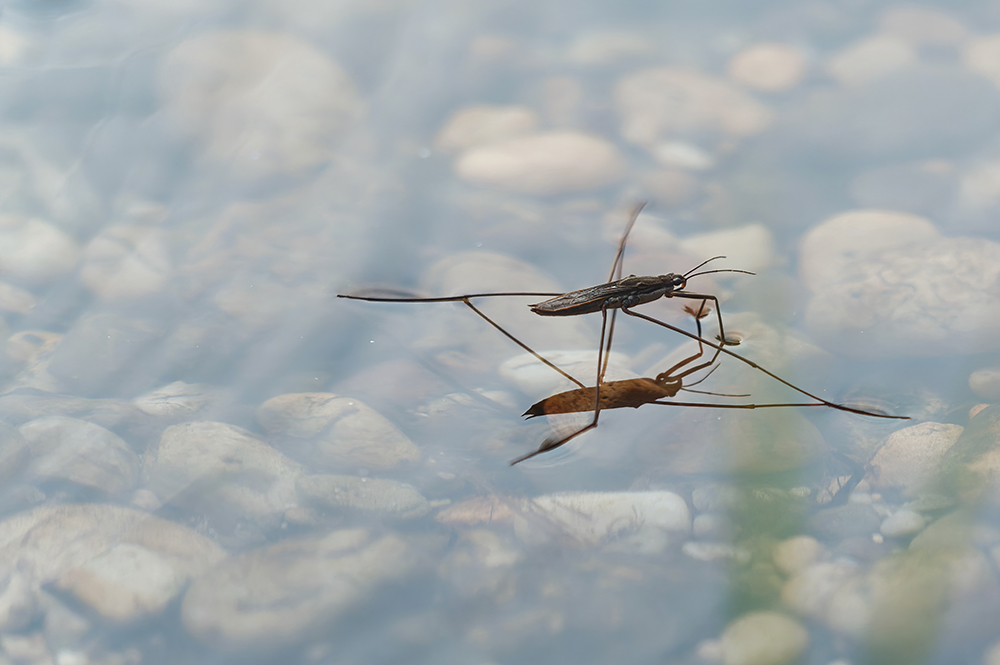
Dragonflies and Damselflies are graceful flying wetland insects that belong to the Odonata order. There are 57 recorded species, but probably only around 12 are most commonly seen in British wetland habitats. They actually date back to prehistoric times, when giant versions the size of eagles flew about. They prefer to live with good water quality, as their nymphs (young) grow underwater and need clear water to hunt. They can be seen from early through late summer.
Damselflies and dragonflies are quite different when you know what to look out for. Damselflies (Zygoptera) are smaller and more delicate; their two wings are the same size as each other, whereas Dragonflies have one larger and one smaller. Damselflies’ wings close at rest; their eyes do not touch the top of their heads (to help them ambush prey from vegetation), whereas Dragonlies do and by comparison with the larger Dragonfly, Damselflies flight is weak and fluttering. They also don’t engage in aerial combat unlike Dragonflies.
Dragonflies make a rattling sound with their wings because they have a slow wing beat. This enables them to move each wing independently which means they are aerobatic. They can fly backwards, hover and perform high speed hairpin turns!
Dragonflies help control the insect population – they feed on mosquitoes and biting flies. They are good indicators of water quality, choosing only clean environments where water is high in oxygen.
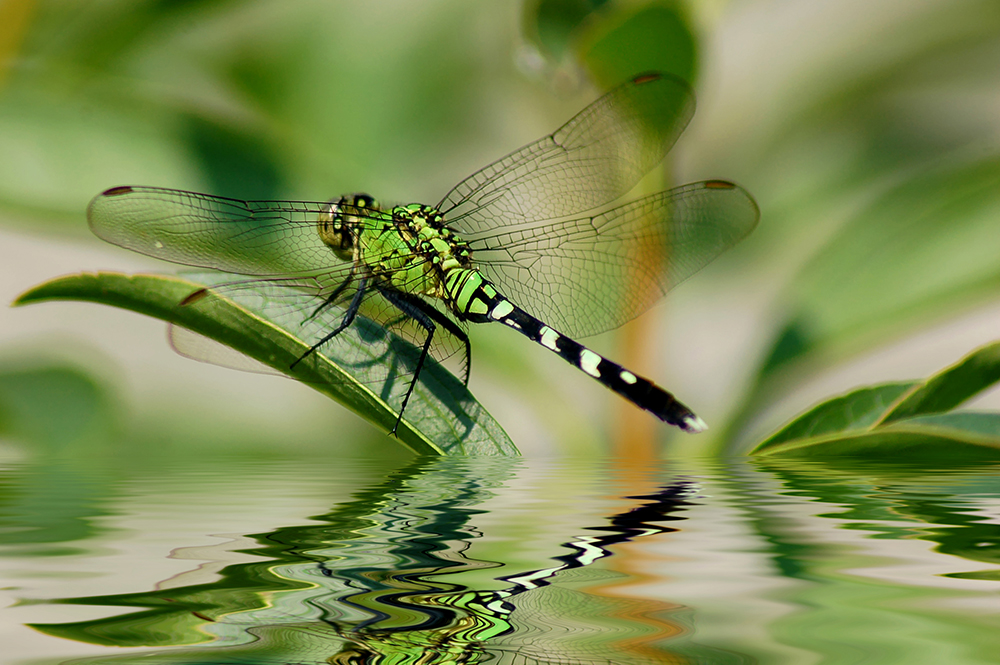
The common frog inhabits the more wild damp areas around the park and is rarely seen apart from the mating period in spring when they are common to the pond and the little stream.

The toad occupies a slightly different habitat often making a nest in garden rubbish or beneath a rotting log its warty appearance and defensive spray ensures that it does not have many predators. Commonly seen in spring during the mating season but in hiding from our view for the rest of the year.
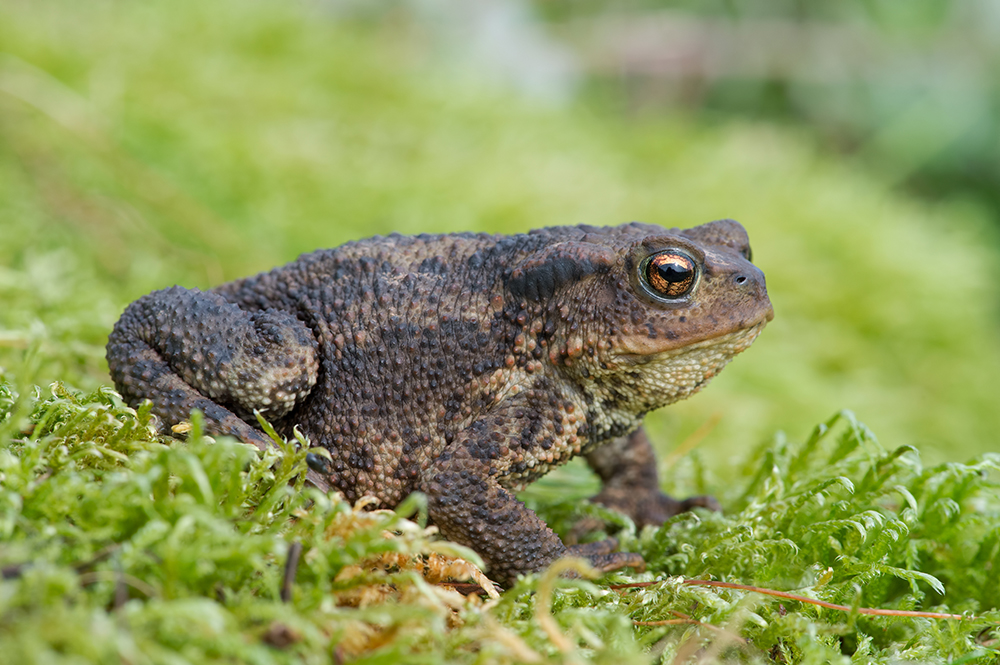
The common newts life cycle is similar to the frogs and toads in that they are only regularly seen during the spring breeding time after mating they go into hiding in the undergrowth and damp areas.
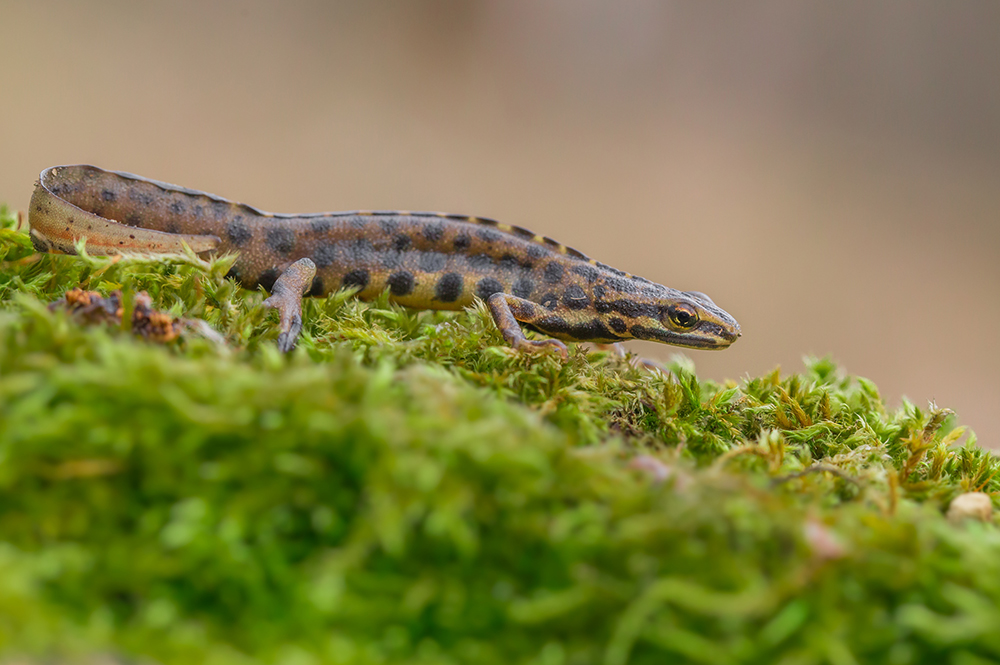
This is the most common duck in the UK. It breeds on local ponds and often visits the wetter areas of the common. Its natural food is wide ranging from shellfish to berries and seeds as well as any handouts from us.
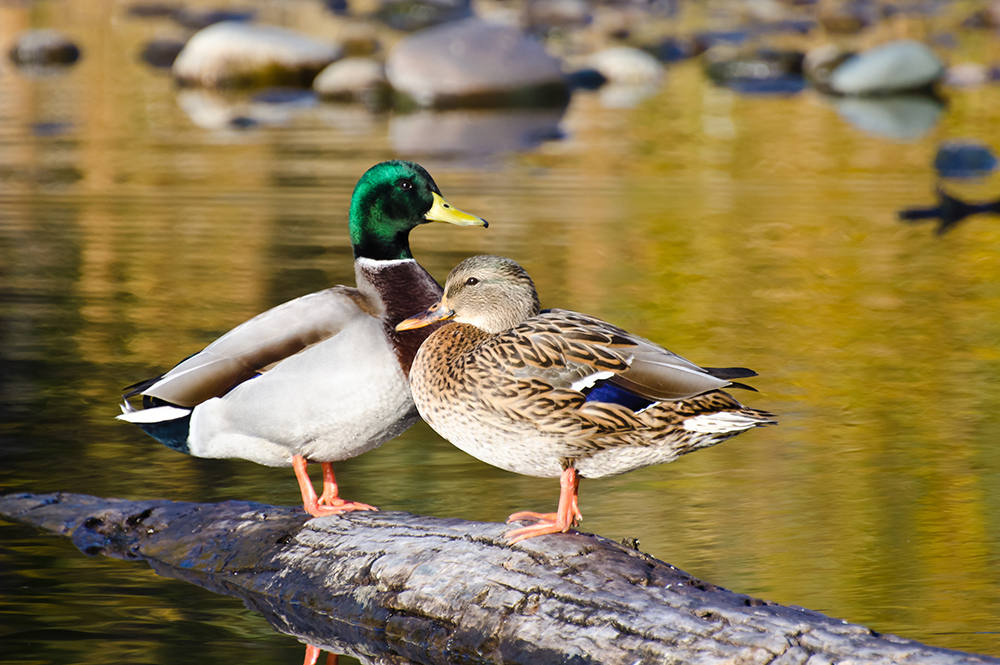
This common water bird is often seen in the park near the wetter areas and sometimes out in the open. It has a short panicky run when disturbed. It nests in nearby water areas sometimes in trees over hanging the pond or lake. It has a variety of food including worms and insects.

This introduced bird from America has had a significant impact on the wetland habitats of this country. It occasionally visits the Park but rarely stays for long although other parks are not as lucky with the birds feeding on the grass areas. Canada geese feed on roots, grass, leaves and seeds.

This medium sized bird is originally from the areas to the south of the Sahara and into Egypt. It is a typical naturalised goose and feeds on many lakes and water ways in the area. Their most endearing habit is breeding high up in trees next to water. The chicks have to jump out of the nest to begin their lives.

Coots are medium-sized water birds. They are also called a Marsh or Mud Hen, because their heads bob up and down when they swim or walk, like a chicken. Coots have predominantly black plumage, and they are usually easy to see, often swimming in open water. Coots love mud – they eat mainly vegetable matter such as shoots and seeds but will also eat worms, leeches, snails, shrimps and insects. And occasional small amphibians and fish.
Coots stay with the same partner for life and breed from March to July. They produce 2 broods a season. They build their nests in shallow water or occasionally on floating vegetation or tree stumps, resting on the base of trampled plants. The bulky nest is constructed from leaves, twigs, bark, roots, and reeds.

Pond skaters are from a family of insects called The Gerridae. They can be known as pond skaters, water striders, water skeeters, water scooters, water skippers, Jesus bugs, or water skimmers. All of which describe them perfectly. Skaters walk on top of the water because their long, hydrophobic legs help them to stay up – using the surface tension of the water. They are so cleverly adapted that scientists study their legs to help them design new materials that easily repel water and help objects move faster across it.
Skaters are a valuable link in the food chain for all wildlife found living in our ponds. They eat insects and larvae on the water, such as mosquitoes and fallen dragonflies. They are, in turn, preyed on by birds and occasionally some fish. The male skater does not display much courtship of the females: they threaten their partners with death so they can mate with them.

Dragonflies and Damselflies are graceful flying wetland insects that belong to the Odonata order. There are 57 recorded species, but probably only around 12 are most commonly seen in British wetland habitats. They actually date back to prehistoric times, when giant versions the size of eagles flew about. They prefer to live with good water quality, as their nymphs (young) grow underwater and need clear water to hunt. They can be seen from early through late summer.
Damselflies and dragonflies are quite different when you know what to look out for. Damselflies (Zygoptera) are smaller and more delicate; their two wings are the same size as each other, whereas Dragonflies have one larger and one smaller. Damselflies’ wings close at rest; their eyes do not touch the top of their heads (to help them ambush prey from vegetation), whereas Dragonlies do and by comparison with the larger Dragonfly, Damselflies flight is weak and fluttering. They also don’t engage in aerial combat unlike Dragonflies.
Dragonflies make a rattling sound with their wings because they have a slow wing beat. This enables them to move each wing independently which means they are aerobatic. They can fly backwards, hover and perform high speed hairpin turns!
Dragonflies help control the insect population – they feed on mosquitoes and biting flies. They are good indicators of water quality, choosing only clean environments where water is high in oxygen.

The common frog inhabits the more wild damp areas around the park and is rarely seen apart from the mating period in spring when they are common to the pond and the little stream.

The toad occupies a slightly different habitat often making a nest in garden rubbish or beneath a rotting log its warty appearance and defensive spray ensures that it does not have many predators. Commonly seen in spring during the mating season but in hiding from our view for the rest of the year.

The common newts life cycle is similar to the frogs and toads in that they are only regularly seen during the spring breeding time after mating they go into hiding in the undergrowth and damp areas.

This is the most common duck in the UK. It breeds on local ponds and often visits the wetter areas of the common. Its natural food is wide ranging from shellfish to berries and seeds as well as any handouts from us.

This common water bird is often seen in the park near the wetter areas and sometimes out in the open. It has a short panicky run when disturbed. It nests in nearby water areas sometimes in trees over hanging the pond or lake. It has a variety of food including worms and insects.

This introduced bird from America has had a significant impact on the wetland habitats of this country. It occasionally visits the Park but rarely stays for long although other parks are not as lucky with the birds feeding on the grass areas. Canada geese feed on roots, grass, leaves and seeds.

This medium sized bird is originally from the areas to the south of the Sahara and into Egypt. It is a typical naturalised goose and feeds on many lakes and water ways in the area. Their most endearing habit is breeding high up in trees next to water. The chicks have to jump out of the nest to begin their lives.

Coots are medium-sized water birds. They are also called a Marsh or Mud Hen, because their heads bob up and down when they swim or walk, like a chicken. Coots have predominantly black plumage, and they are usually easy to see, often swimming in open water. Coots love mud – they eat mainly vegetable matter such as shoots and seeds but will also eat worms, leeches, snails, shrimps and insects. And occasional small amphibians and fish.
Coots stay with the same partner for life and breed from March to July. They produce 2 broods a season. They build their nests in shallow water or occasionally on floating vegetation or tree stumps, resting on the base of trampled plants. The bulky nest is constructed from leaves, twigs, bark, roots, and reeds.

